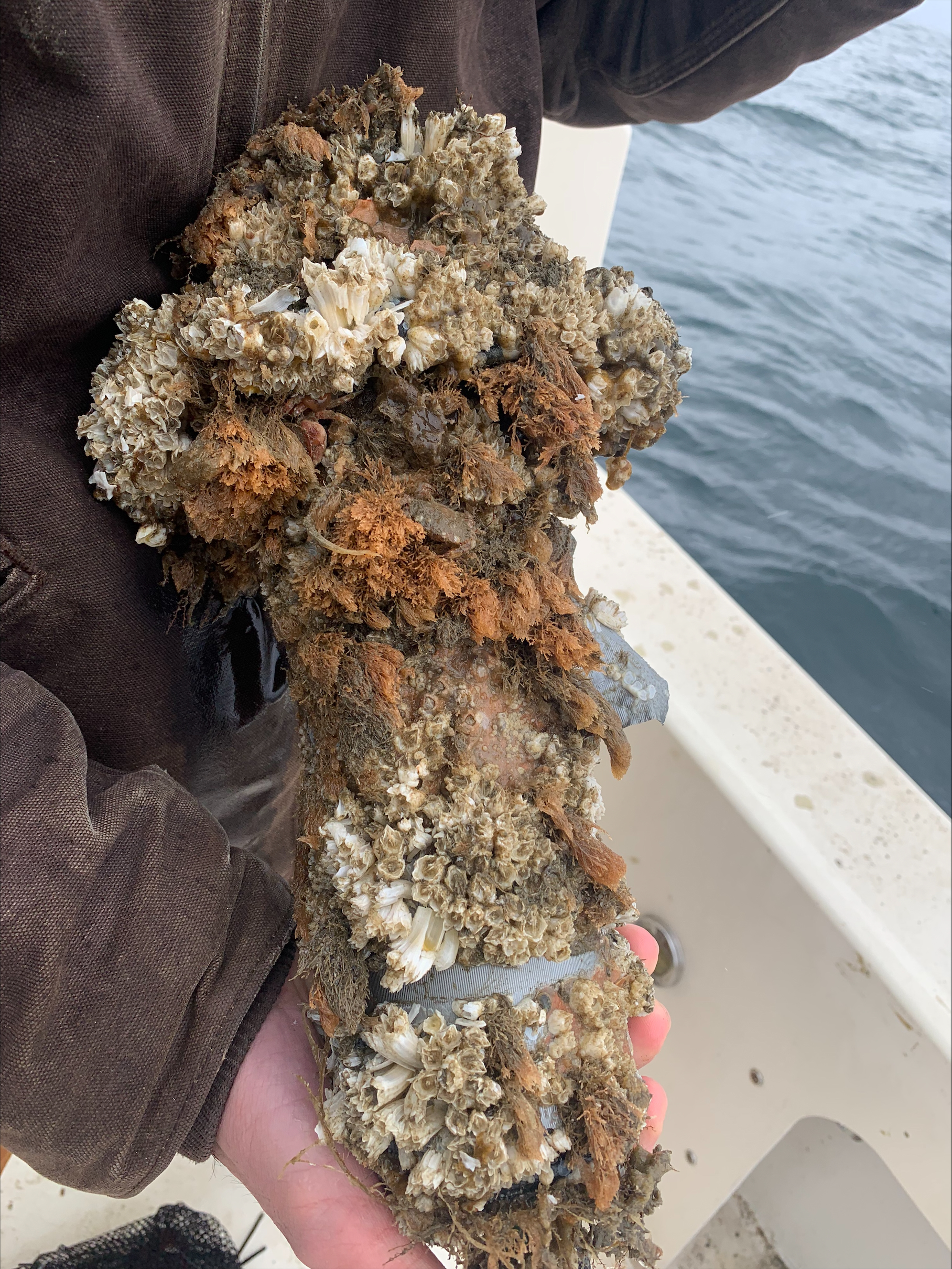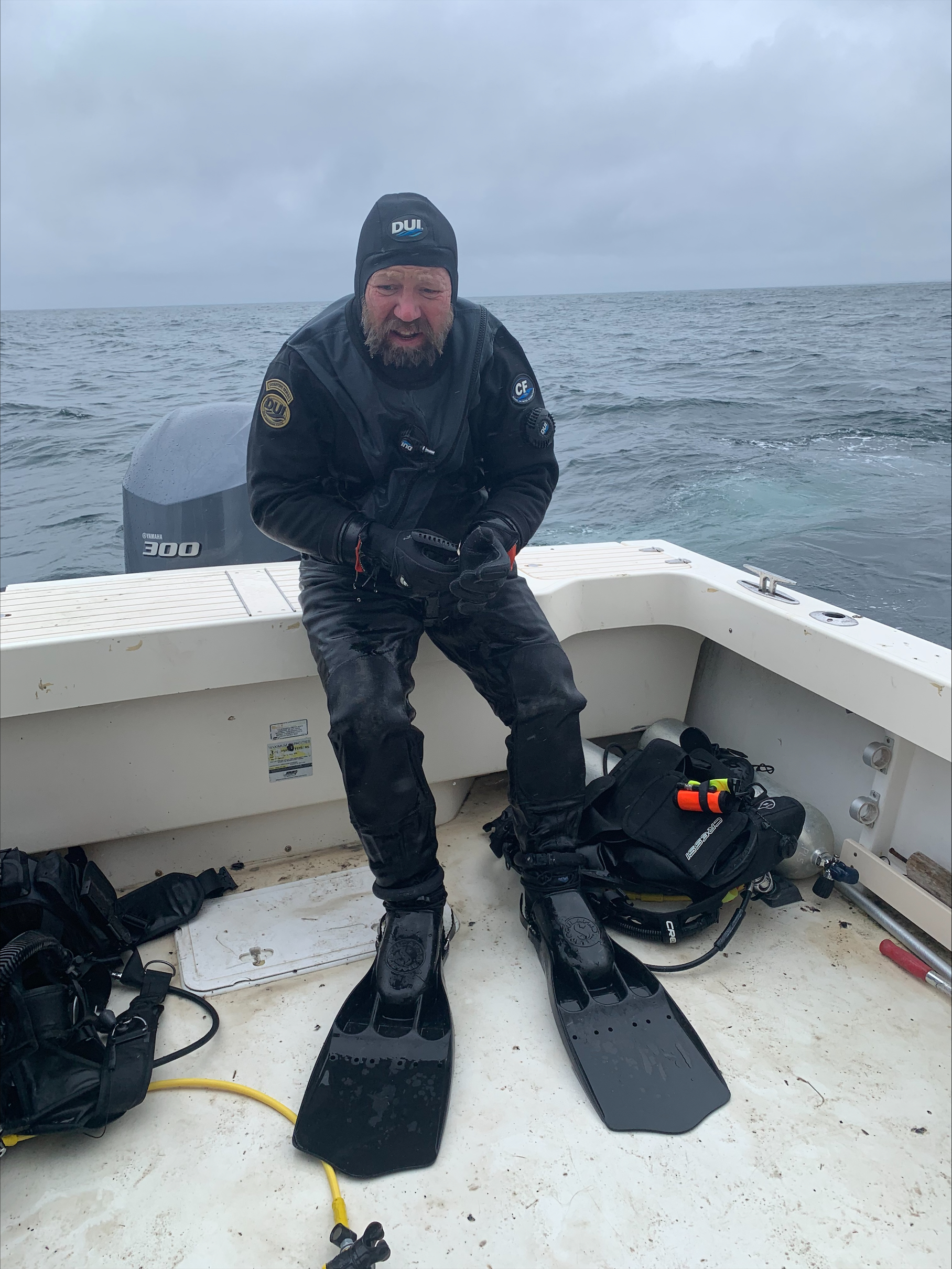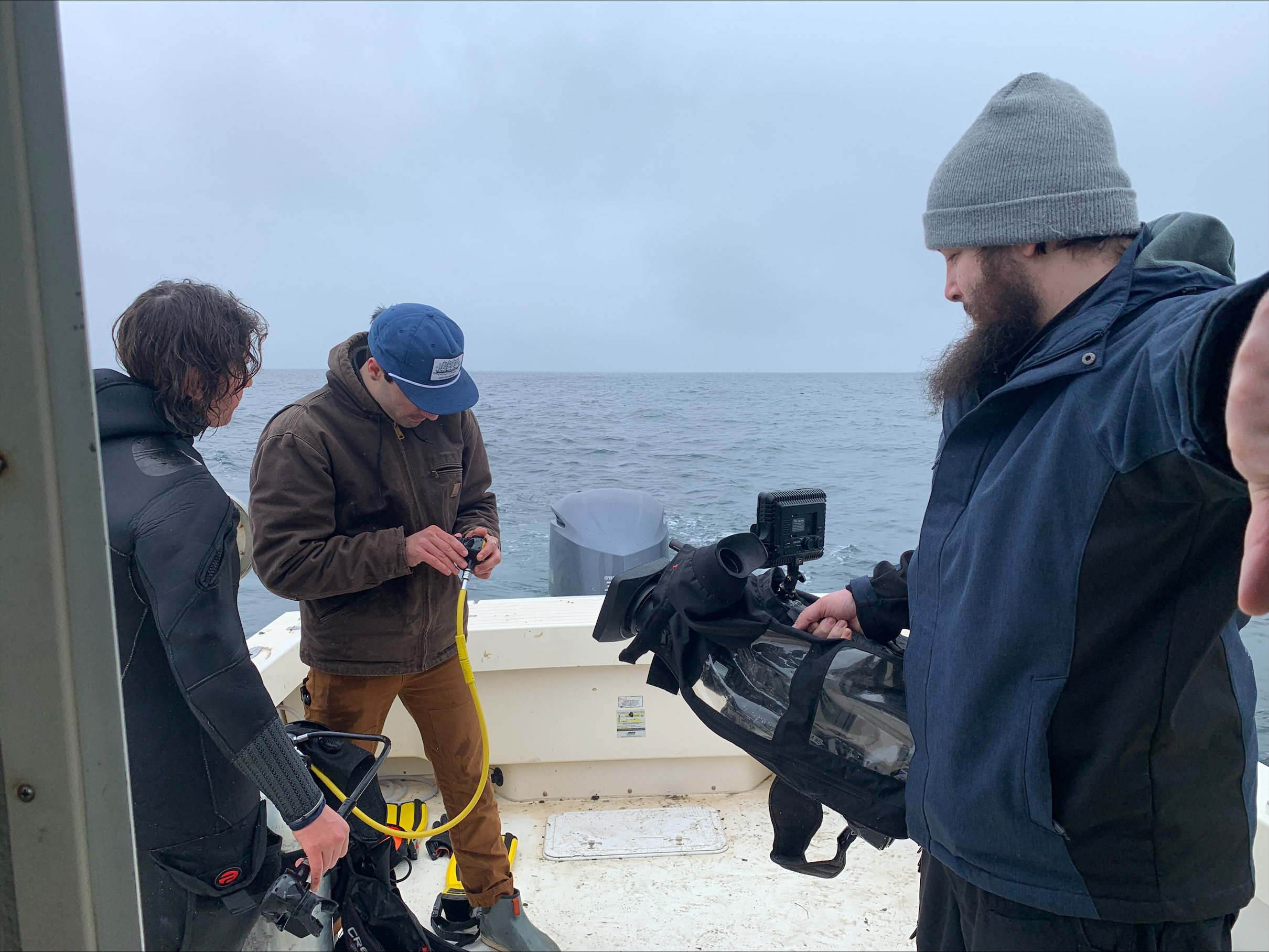More Stories
Nearly five years after the old Tappan Zee Bridge's legacy, lives on as an artificial reef.
On a dreary March day, News 12's Nadia Galindo traveled to Southampton, Long Island to find the Hudson Valley icon's final resting place.

She met up with marine ecologist Dr. Bradley Peterson, who is a professor at Stony Brook University's School of Marine and Atmospheric Sciences.
He is studying New York's artificial reefs with a team of Ph.D. students.
They loaded up a boat with gear and made the 30 minute trip out into the Shinnecock Bay.
There, Dr. Peterson, and Ph.D student Brittney Scannell put on gear, and dove into the water.
Eighty-seven feet down on the ocean floor lies concrete and steel beams that once held up the old Tappan Zee Bridge above the Hudson River for more than six decades.
The bridge debris has been there since 2018, when then Governor Andrew Cuomo began expanding artificial reefs.
"You wonder what is the afterlife, the big question what happens when we leave," former Gov. Andrew Cuomo said at a press conference in 2018. "If you were a bridge the afterlife is you still serve a purpose, you don't go up you go down."
Tappan Zee Bridge concrete and steel beams were dropped into the ocean to expand the Shinnecock Artificial Reef.
A total of five artificial reefs now include Tappan Zee debris, and Stony Brook University is studying those and seven other artificial reefs in the waters surrounding New York.

They contain materials that vary from rocks to rail cars and boats.
"It's not like we are just dumping trash over the side the purpose here is that we are going to create a structure that animals can use," said Dr. Peterson.
The goal is to improve fish populations for commercial and sport fishing while providing interesting underwater sites for divers.
Scannell has logged more than 200 dives on the reefs and is researching how they are impacting marine life for her dissertation at Stony Brook University.
"Where they spend their time if they are using artificial reef habitat if they are sheltering if they are foraging there. How they move in between different artificial reefs that we have," she said.
To study the reefs, she's using a new technique in which fish and sharks are tagged then put back into the ocean.
"Just like how you pass through an EZPass system you have a little tag that is talking to the receiver in the toll booth, same thing when a fish swims by, we know that that fish was in exact location," she explained.
The tag is pinged every time it comes close to a receiver like the one pulled from the Tappan Zee reef on our visit, covered with barnacles and crustaceans.
The data is then downloaded and studied.
The data is then downloaded and studied.
"There are things that we wouldn't be able to see from diver videos which is what we've done before," said Peterson.


More from News 12
2:00

Wintry weather arrives before Christmas on Long Island
1:45

Nonprofit brings holiday cheer to Nassau police officer recovering from motorcycle crash
0:47

Who has the most festive storefront in Port Jefferson Village?
2:16

Caught on camera: Thieves ransack tech repair store in Hicksville; latest in string of burglaries
1:52

'Christmas House Long Island' brings the holidays to life
0:33
